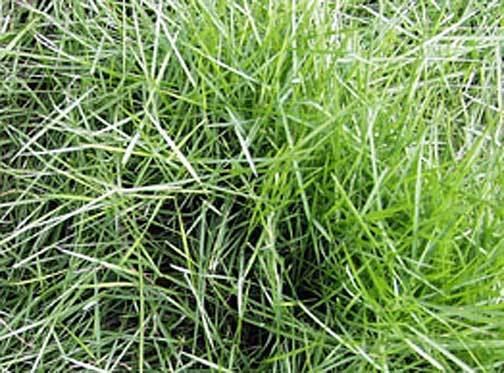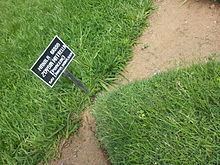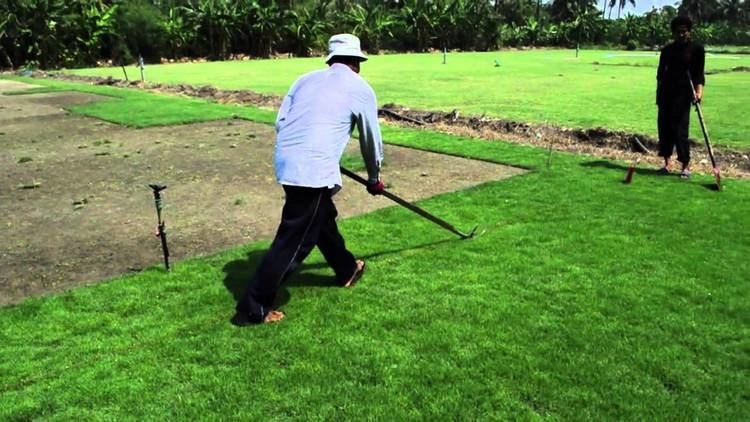Tribe Cynodonteae Rank Species | Subfamily Chloridoideae Genus Zoysia Higher classification Lawngrass | |
Similar Lawngrass, Grasses, Zoysia tenuifolia, Axonopus compressus, Paspalum vaginatum | ||
Manilagrass zoysia matrella sod production at bangkok 1 month from planting to harvest
Zoysia matrella (L.) Merr., commonly known as Manila grass, is a species of mat-forming, perennial grass native to temperate coastal southeastern Asia and northern Australasia, from southern Japan (Ryukyu Islands), Taiwan, and southern China (Guangdong, Hainan) south through Thailand, Indonesia, Malaysia and the Philippines to northern Australia (northeast Queensland), and west to the Cocos Islands in the eastern Indian Ocean.
Contents
- Manilagrass zoysia matrella sod production at bangkok 1 month from planting to harvest
- Mesin panen rumput zoysia matrella teknologi canggih unik kreatif di dunia 2016
- Description
- Cultivation and uses
- Allelopathy
- References
Other common names include Korean grass, Manila templegrass, siglap grass (after an area in Singapore), temple grass, Mascarene grass, harishiba, hierba Manila (Spanish), Japanese carpet, jukut kakawatan hijau (Sundanese), rebha sekem-sekeman (Madurese), burikit (on Seram), rumput siglap (Malay), damong-alat, barit-baritan (Tagalog), malakuwerdas (Pangasinan), ya-nuannoi (Thai).

Mesin panen rumput zoysia matrella teknologi canggih unik kreatif di dunia 2016
Description

It forms extensive, velvety, green mats, spreading vigorously by stolons, or occasionally by rhizomes, once established. Z. matrella grows in low elevation preferring sandy soils where other grasses establish poorly. The stems are slender and prostrate, ranging from 5–25 cm in length. The leaves are alternate, produced at 1.5–3 cm intervals along the stem; they are slender, 2–10 cm long and 1–3 mm broad. The flowers are greenish, produced on erect racemes 6–35 mm long with a single 2-3.5 mm flower in each spikelet.
Two varieties are distinguished by some authors:
Cultivation and uses

Manila grass is grown as an ornamental grass, and is used for turf on golf courses in Asia, Europe and the Americas, as a lawn grass in the United States especially in the South, and is planted for grazing stock among the trees on tropical coconut plantations. In addition to its ability to grow on sandy soils, it tolerates high salinity, making it ideal for erosion control and lawns in coastal areas.

The variety of common names attests to its widespread occurrence in these regions along with its usefulness as a cultivated grass in diverse areas. It is naturalised in many places, as in Hawaii, and can become weedy, like many plant species with desirable horticultural characteristics.
Allelopathy
Z. matrella shoot's contain allelopathic chemicals that appear to affect germination rates, radicle length, and shoot length with varying levels of harm with other plants. These chemicals also appear to decompose into inert chemicals within 15-30 days under moist soil conditions.
